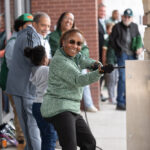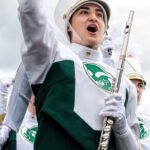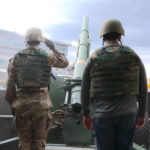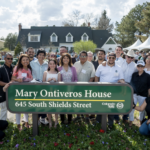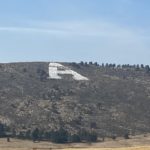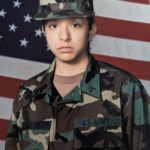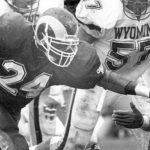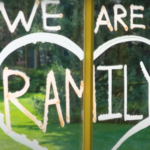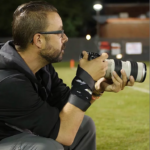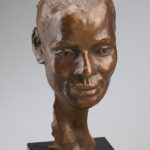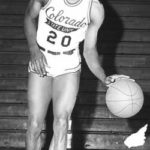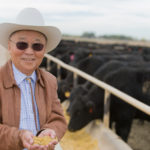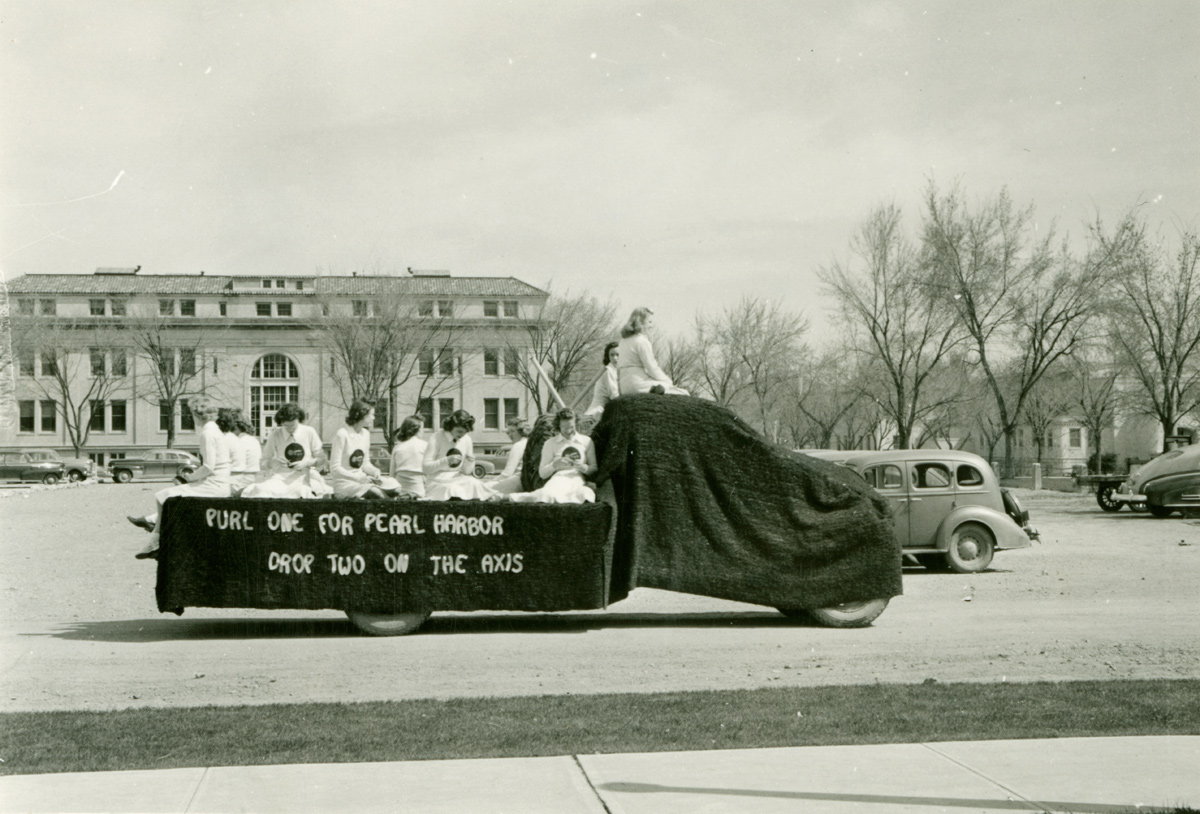
By Ann Gill (M.A., ’76)
We celebrated the 75th anniversary of the Class of 1943 at Homecoming this year. Representing the class was Dr. John Matsushima (B.S., ’43; M.S., ’45). John and other members of that class spent their time on campus beneath a cloud of war.
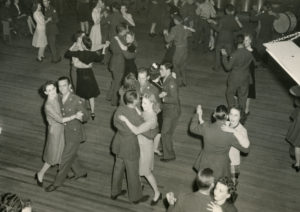
In some ways, things seemed relatively normal for their first two years. Students painted the A. Fraternity parties were popular, as were college dances. Students hung out at the Student Union. In football, the Aggies beat the Wyoming Cowboys in 1939, 1941, and 1942 and played to a 0-0 tie in 1940. When longtime president Charles Lory announced his retirement, the 1940 College Days became “Lory Days” and featured a three-mile parade, rodeo, concert, two dinners, and other festivities.
Not everything felt “normal,” however. The drums of war and specter of fascism in Europe cast an uneasy pall over campus. In the fall of 1940, Congress passed the first peacetime selective service law in history. All men between the ages of 21 and 35 were required to register by October 16; the College suspended classes that day to facilitate registration of students and staff. In his book, Democracy’s College in the Centennial State, James Hansen notes: “Even routine social activities tended to take on a military flavor.” This included a “conscription dance” at which women “drafted” their male escorts and a “Blitzkrieg-Caravan” of students, organized to travel to an Aggie basketball game at the University of Denver.

Congress declared war on December 8, 1941, following the attack on Pearl Harbor. Some male students left school to enlist. The most dramatic effect on the student population, however, occurred a year later after Congress lowered the draft age to 18. In the first term of the 1942-43 academic year, enrollment was 1637. By the following academic year, it had dropped to 701, with women outnumbering men for the first time in the institution’s history. More than 1/3 of the male teaching and research staff also left to enlist or become civilian advisers to the military.
Activities on campus changed as well. The College suspended football and all other intercollegiate competition. It also became a training site for servicemen, including pilots, engineers, and veterinarians, as well as providing clerical training for military personnel. This brought up to 1500 members of the military to campus. The College housed them on cots at Johnson Hall, the Men’s Gymnasium, and the Student Union ballroom as well as at the Northern and Armstrong hotels.
When the Class of 1943 graduated, the world was at war. Many of the men who started school with the class were overseas, fighting the war. The missing class members no doubt were on the minds of everyone at that commencement ceremony.
Over 80 Aggie students died while serving in WWII. We pay our respects and honor those who fought and sacrificed in that and all other wars.
 World War II finally ended in September of 1945. The GI Bill granted veterans the opportunity to obtain education at federal expense, which led to another dramatic change to our campus. In fall quarter of 1945, there were 1037 students at the College, 225 of whom were veterans. By second term, there were 650 veterans, and by the 1946-47 academic year, there were 2517 veterans enrolled. Many lived in Veterans’ Village, composed of Quonset huts set up along Laurel Street. Veterans’ Village lasted for a number of years, as this 1961 photo illustrates.
World War II finally ended in September of 1945. The GI Bill granted veterans the opportunity to obtain education at federal expense, which led to another dramatic change to our campus. In fall quarter of 1945, there were 1037 students at the College, 225 of whom were veterans. By second term, there were 650 veterans, and by the 1946-47 academic year, there were 2517 veterans enrolled. Many lived in Veterans’ Village, composed of Quonset huts set up along Laurel Street. Veterans’ Village lasted for a number of years, as this 1961 photo illustrates.




